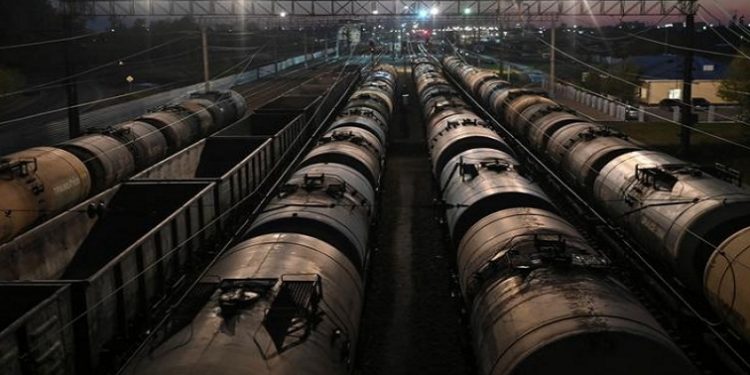According to newly released data from the Nigerian Upstream Petroleum Regulatory Commission (NUPRC), Nigeria’s crude oil production, including condensates, has increased for the fourth consecutive month, rising by 2.2% month-on-month to 1.53 million barrels per day (mb/d) in July, up from 1.50 mb/d in June.
This improvement in production is largely attributed to higher volumes recorded across key production terminals, including Escravos, which saw a significant increase of 9.5% month-on-month, Forcados with a 9.3% rise, and Bonny, which experienced a more modest increase of 0.9%. However, this positive trend was tempered by declines at other terminals, notably Erha (-13.3% m/m), Odudu (-4.1% m/m), and Egina (-1.2% m/m).
Despite this uptick, Nigeria’s overall crude oil production continues to fall short of pre-COVID levels, which averaged 2.14 mb/d in the first quarter of 2020. The persistent underperformance can be attributed to several factors, including insecurity, infrastructure decay, and a lack of investment in the sector. The exit of international oil companies (IOCs) and unresolved issues surrounding the approval of oil asset transfers further exacerbate these challenges.
The Nigerian government has implemented various measures aimed at boosting oil production, including efforts to combat theft and vandalism, alongside the development of new fields. However, several constraints are expected to impact crude oil output in the near term. These challenges include frequent leaks from pipelines, intermittent shutdowns of oil terminals for repairs, and ongoing divestments by international oil companies.
As a result of these factors, analysts have maintained their average crude oil production estimate for Nigeria at 1.52 mb/d for 2024, which falls short of the federal government’s budget target of 1.78 mb/d. The situation underscores the ongoing struggles facing Nigeria’s oil sector, which remains critical to the country’s economy and foreign exchange earnings. The government and industry stakeholders continue to seek solutions to address these persistent issues and stabilize production levels in the coming months.


















